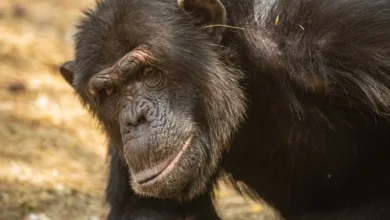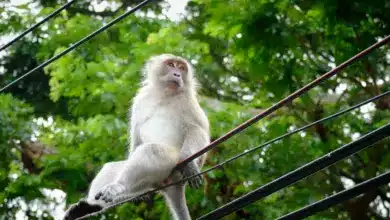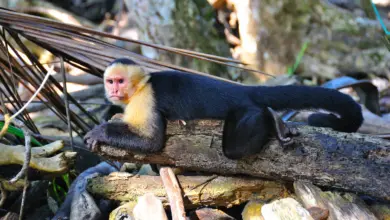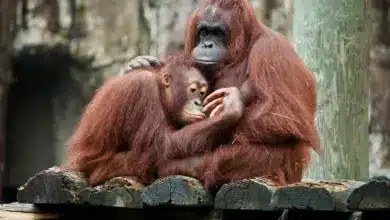Monkeys Teach Their Young To Floss Teeth
It is surprising enough to learn that monkeys floss their teeth using strands of hair. But it’s even more astonishing to find out that long-tailed macaques in Thailand not only floss but also demonstrate proper flossing techniques to their young.

Surprising Primate Tool Use: Dental Flossing
In the world of primatologists—people who study non-human primates—tools are not necessarily wrenches and screwdrivers, but any inanimate object that an animal uses to achieve a goal. Although chimpanzees in particular are famous for their use of sticks to collect termites to eat, all the great apes have been observed to use tools of one sort or another, as have many monkeys, and even some birds. (See a short movie about chimp tool use here.)
Tool use—particularly the apparent teaching of tool use among primates—is especially fascinating in part because it sheds light on how human culture may have developed.
A group of Japanese and Thai primatologists that began studying long-tailed macaques in Thailand in 2004 was interested in how the monkeys repeatedly pulled long strands of hair through their teeth in what seemed like an attempt to clean them by using the hair as a kind of natural dental floss. After they began videotaping the surprising behaviour, They got an even bigger surprise: When their infants were nearby, mother macaques slowed down and exaggerated their flossing motions in what appeared to be an attempt at teaching the technique to the babies. View a brief monkey-flossing video.

In their report, the researchers said, ” . . . the pattern of the tool-using action of long-tailed adult female macaques under our observation changed in the presence of the infant as compared with that in the absence of the infant so that the stream of tool-using action was punctuated by more pauses, repeated more often, and performed for a longer period during each bout in the presence of the infant. We interpret this as evidence for the possibility that they exaggerate their action in tool-using so as to facilitate the learning of the action by their own infants.”




